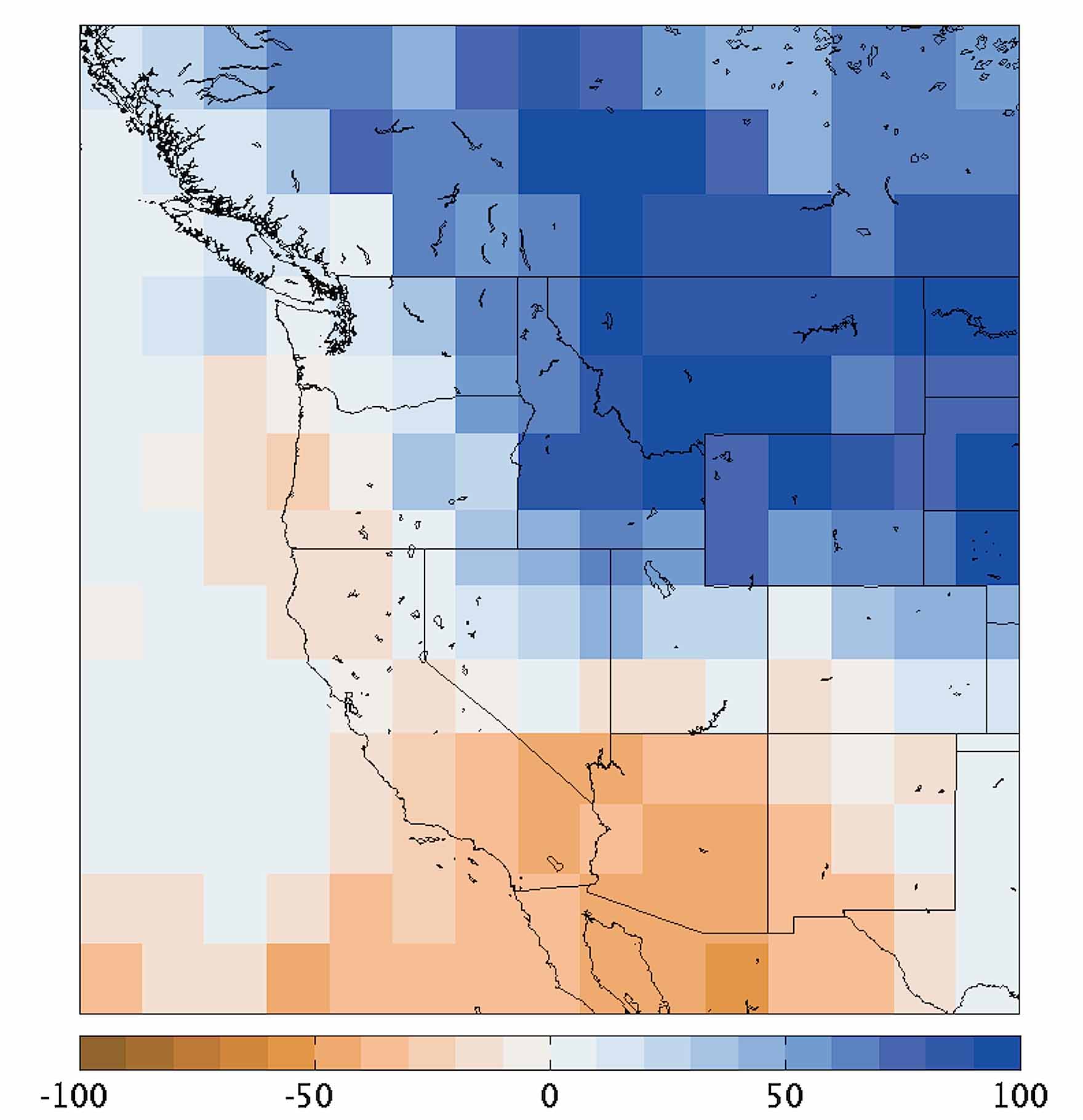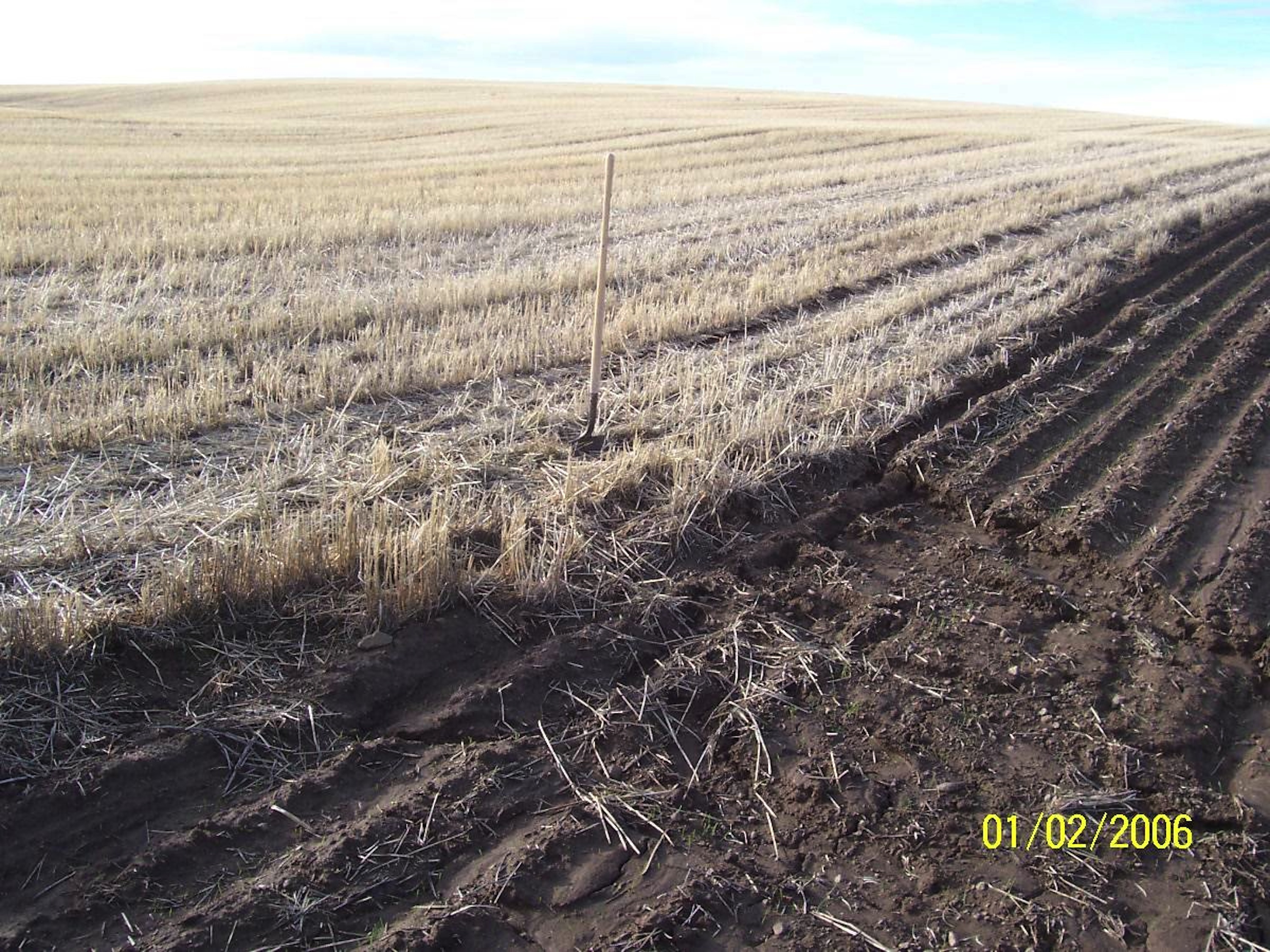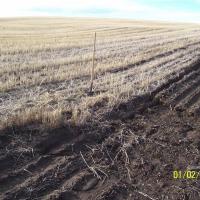Cover Crops, Soil Conservation, and Prevented Planting Acres
Each ton of soil eroded in the Pacific farm production region has a negative economic impact of $0.53. —David Steury
As many of you and your clients consider crop insurance purchases before the sales closing date, here is some REACCH research, conducted by Professor of Agricultural Economics Kate Painter and her 2013 University of Idaho REACCH summer intern David Steury, on the dilemma of prevented planting acres and soil conservation.
The region’s highly erodible soils suggest that cover crops would be an ideal alternative to summer-fallow. Cover crops can conserve erodible soil and slow or reverse some of the impacts caused by intensive farming practices. The USDA-Natural Resource Conservation Service estimates that 4 to 5 tons of soil per acre can be retained using cover crops compared to fallow.
Spring precipitation is expected to increase by 5 to 15% over the next 40 to 70 years in the inland Pacific Northwest (Figure 1). Wetter springs could delay plantings and impede yields of spring crops. In such instances, farmers often rely on prevented planting coverage, which allows the parcel of land to be kept fallow or planted to a cover crop.

Cover crops have great potential to serve as a conservation option to cereal farmers, especially during wet springs. However, prevented planting coverage restricts growers from harvesting crops until November 1 or later, without reducing their benefits by half. Because the November 1 date is too late to eliminate a cover crop and plant a winter crop, farmers often choose to leave their ground fallow instead.
Historically, prevented planting claims have been strongly correlated to high springtime precipitation. The expected increase in precipitation over the next several decades then suggests that prevented planting claims will also increase. Because soil erosion is a costly alternative, conservation strategies that reduce natural resource losses (e.g. cover crops) should be considered in insurance policies. Combatting soil degradation from weather events will help ensure long-term productivity and profitability.

For more information on this topic:
- Cover Crops, Soil Conservation and Prevented Planting Acres. David Steury
- Idaho Ag Biz Blog. Kate Painter et al.
- More articles like these are available in the REACCH Annual Report 2014.
Editor: Leigh Bernacchi


